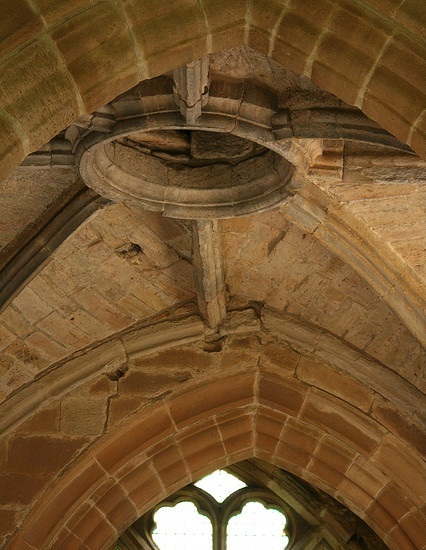|
 The
Scottish Seton's of Seton, Knights of Seton, Lords
Seton, Winton and Winchburgh, and Earls of Winton, etc. The
Scottish Seton's of Seton, Knights of Seton, Lords
Seton, Winton and Winchburgh, and Earls of Winton, etc.
One of the most common questions,
when discussing the House of Seton is who is the Head of the Family?
The lineal bloodline representation of the House of
Seton then, passes to the descent of Elizabeth Seton of the Viscount Kingston's
family, from her marriage to William Hay of Drummelzier. William Hay of Drummelzier was
himself the son of Margaret Montgomerie, daughter of Alexander Seton, 6th
Earl of Eglinton, and was already a daughters cadet of the House of Seton.
He was the son of John Hay, 1st Earl of Tweeddale from his second marriage to
Margaret Montgomerie, daughter of Alexander Seton 6th Earl of Eglinton, where
John Hay's first marriage was to Lady Jean Seton, daughter of Alexander Seton,
1st Earl of Dunfermline who's only child John Hay became 1st Marquess of
Tweeddale (William's half-brother).
Margaret Hay of the Hay's of Duns
Castle, then was the oldest lineal
surviving child to produce an heir, and the Seton-bloodline lineally follows
her. She married Sir Henry Seton, 4th Baronet of Abercorn in 1770, passing
the lineal bloodline back into the House of Seton directly, and their son,
Alexander Seton, 5th Baronet of Abercorn became then, the lineal heir of the
House and Family of Seton.
The Seton Baronets of Abercorn are also the
lineal heirs of the Seton's of Touch and representatives of that line, making
them the rightful Hereditary Armour Bearers to the King (Queen). And as
the representatives of the Seton's of Touch, they
are the heirs lineally of Alexander Seton, 1st Earl of Huntly, and thus the
de jure Lords Gordon, which Honour the Seton's of Touch never ceased to
claim.
However, the representation of
a family-line was and is only continued in the Male, bearing the name, unless in the case of failing
male-heirs and where the heiress being female, the daughter's son took his mother's
name and therefore the line continued unbroken. If this was not the case,
then the line would fall back to the nearest heir-male of line bearing the
name.
As per the Royal Charter obtained by
George Seton, 4th Earl of Winton dated 31 July 1688: It was granted to him of the
Earldom of Wintoun, to him and the heirs male of his body, which failing, to
whichever person he might nominate and the heirs male of their bodies, with
remainder to his heirs male, and failing these to his nearest heirs and
assignees whatsoever, the eldest daughter or her female succeeding without
division, and marrying a gentleman of the surname of Seton, or who would assume
that surname and carry the Wintoun Arms.
The Representation of the Male line
of Seton bearing the Name then, falls to that of
the Seton's of St. Germains, of the line of the Hon. Sir John Seton of St.
Germains, 5th son of Robert, 1st Earl of Winton, which line has not been fully
documented; or if failing to the Seton's of Barnes as descended
from Sir John Seton of Barnes, Lord Barnes and Knight of the Order of St. Iago in Spain, and who's line are the Representatives and Heirs to the
Earldom of Dunfermline.
While the Seton of Barnes and Hailes
line is also still being actively researched, the senior female-line
Seton-Coventry descent of Vice-Admiral James Seton, Governor of St. Vincent and
the Grenadines and Representative Earl of Dunfermline and of the Barnes and Hailes
line, has now only the last male-heir without further male-heirs; the descent in
the Male then falling to either the Vice-Admiral's other younger son's, or to the Seton's of
Nova Scotia.
While this discussion remains for
the time being ongoing, and the question unanswered, it is the preference of the
Seton family to have the line continued in the correct, unbroken tradition.
It would therefore seem that in the event of a Seton of Barnes succession, that
a grand-quartering of the Earldom's of Winton and Dunfermline arms' be enacted.
From left to right, the Arms of the senior Seton
bloodlines in lineal order for succession:
| 
